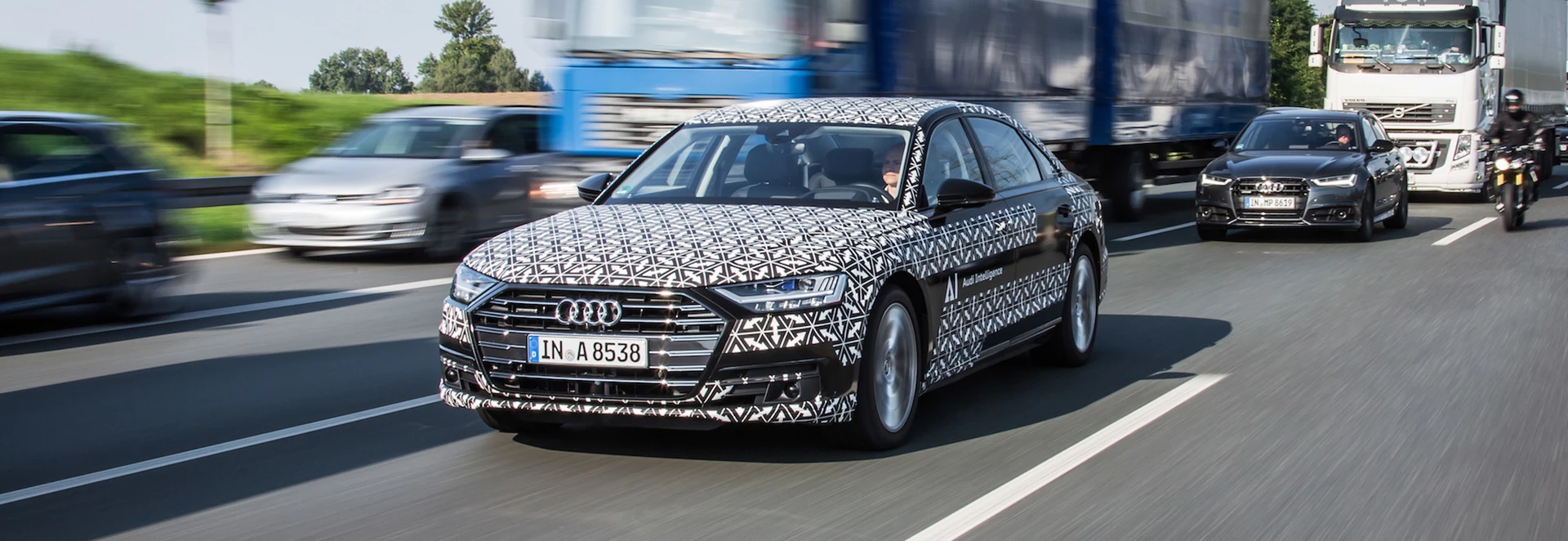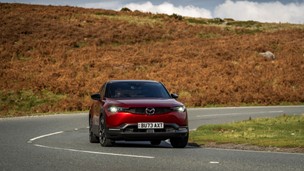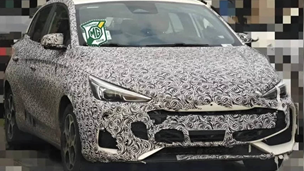In 2017, the automotive industry undertook a sea change. Diesel was cast as the enemy, infotainment became king and we took further and further steps towards autonomy.
So, will the march of technology ever slow down? After all, global economic predictions are shaky to say the least, with instability in Korea, the impact of Brexit to the European economy and a limitless guess as to what will come next in the USA following Donald Trump’s withdrawal from the Paris Climate Treaty.
The answer is simple. The automotive industry will continue to innovate because, without innovation, economic growth will suffer.
Here are the top five technologies that we predict will grow ever stronger in 2018.
Save money on your new car today
Autonomous Drive
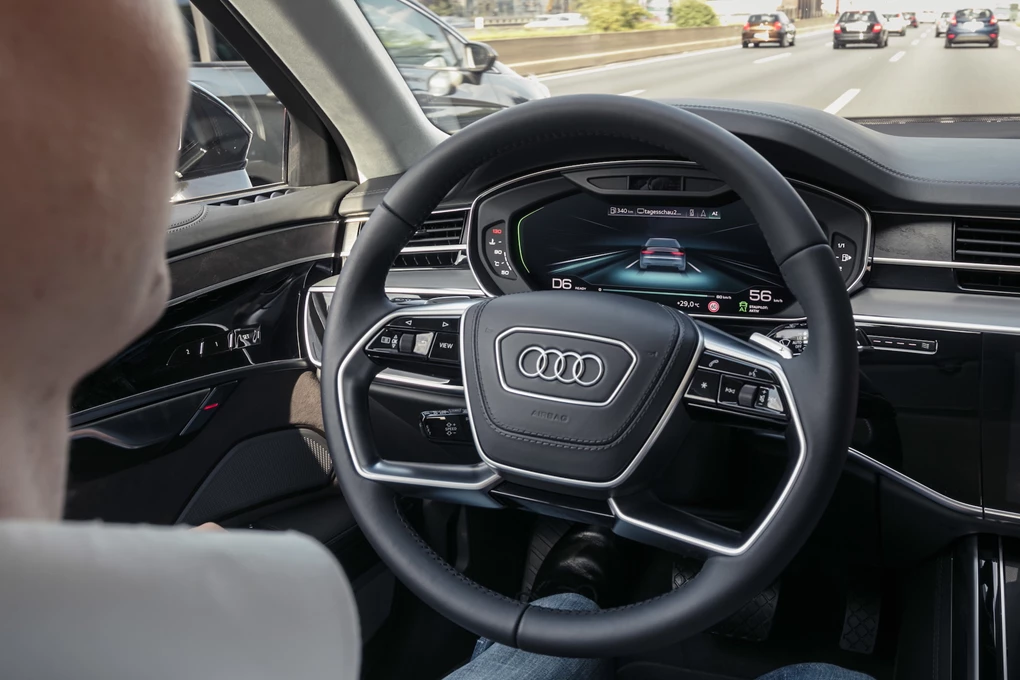
In real terms, the self-driving car already exists. Technologies including radar and camera already help your car to read the road and prevailing conditions, and the plethora of self-parking cars and autonomous systems such as AEB (Autonomous Emergency Braking) prove that the technology works.
The barrier, here, is legislative. Because the proof is already there. LIDAR and camera systems already prove that autonomous tech works, but there’s no concrete proof of its reliability. It falls to the HGV and bus industry to prove the future of automotive industry trends, with trials already taking place. So next time a bus holds you up, be patient. It could be unlocking the door to the future.
In-car concierges

Buy a premium car today and chances are there’s a future technology angle involved in the options package. After all, data collection is king. The trade-off for sharing your location, personal demographics and vehicle characteristics is a personal concierge service, which looks after your motoring requirements for you.
The leader in the field is General Motors with its OnStar package, available on most Vauxhall models (though after the PSA takeover, this may not be the case for long). Not only will OnStar help you find your nearest takeaway or cash machine, but it will automatically inform the emergency services if you have an accident. Others have followed. Care by Volvo even books your car in for a service when it needs one and sends you a courtesy car. VW Group, BMW, Jaguar-Land Rover, Peugeot-Citroen and Mercedes are among the others offering a digital concierge service – by the end of 2018, we predict most manufacturers will do the same.
Digital displays
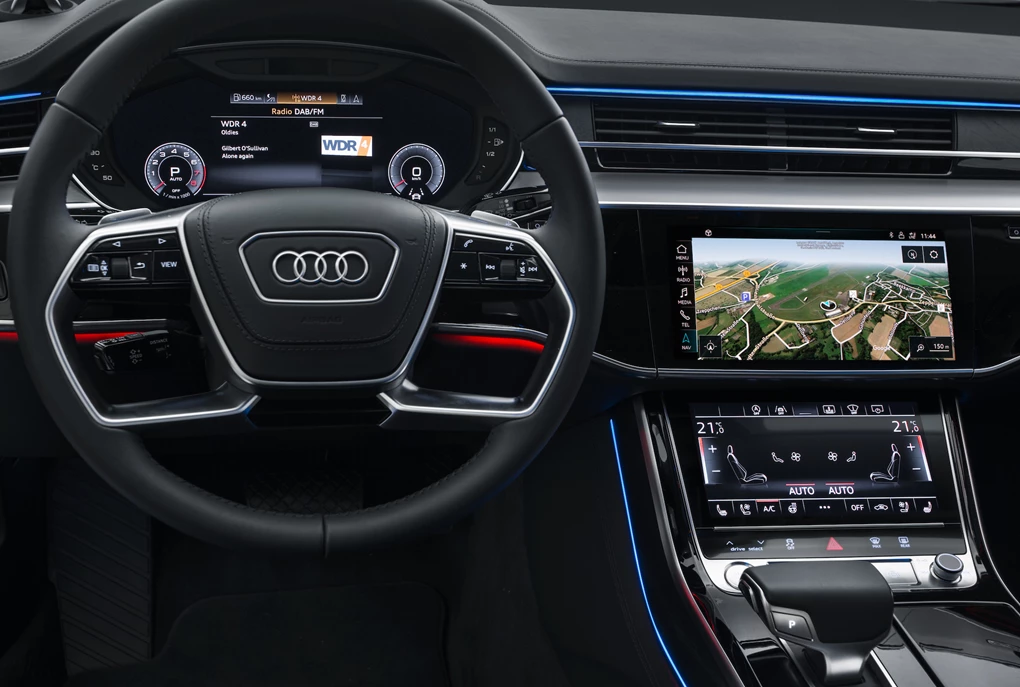
Audi’s Virtual Cockpit was first past the post, but now a batch of mainstream manufacturers including Peugeot, Citroen, Volkswagen, SEAT and Skoda are offering on-board display systems that do away with traditional instrument binnacles.
The rationale is simple. Old-school analogue displays are what we’re used to, but now that most in-vehicle systems such as engine management, speed sensors and heater/air con controls are controlled digitally, there is simply no need.
What start off as expensive options are soon to become the norm, as the next generation of cars will most likely do away with analogue instrumentation altogether.
Electric drive
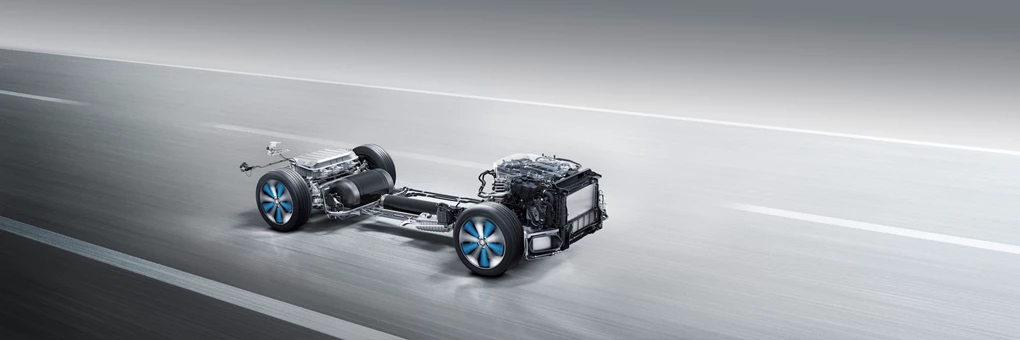
Political pressures and well-meaning but ill-informed environmentalism have given diesel a hard time over the past 12 months, and this has given car manufacturers the impetus they’ve needed to develop alternative drivetrains.
From mild hybrid systems such as Renault’s Energy Recovery System on the Megane and Scenic line-up, based on F1-refined KERS technology, to full electric city cars and plug-in hybrid versions of larger models, the move towards full or part-time electric power has developed apace.
In the tax-critical fleet market, CO2 is king, so expect more and more EV offerings from the big manufacturers in 2018.
V2V communication
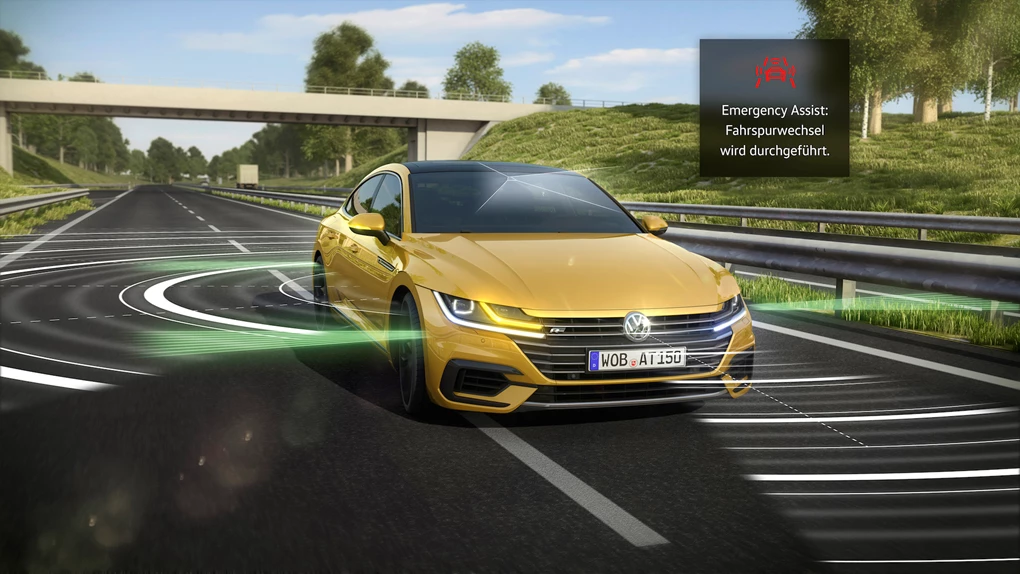
V2V, or vehicle-to-vehicle, has been around for quite some time. Back in the early 2000s, in conjunction with electronics giant Philips, General Motors introduced the idea, using in-vehicle satellite navigation and a central hub to share traffic and weather information. If the V2V system detected poor conditions, it would automatically reprogram the sat nav to find a more suitable route.
But we’ve come a long way since Vauxhall Vectras communicated via satellite. Today, innovations in V2V include accident avoidance, autonomous braking and even vehicle service and repair information. Your in-car concierge service is continually collecting data, and is cleverer than you think. Today’s V2V is more about keeping you safe than it is about choosing the best route.
